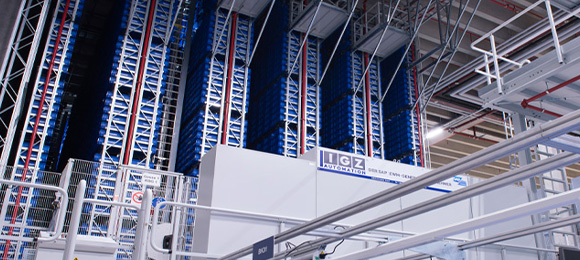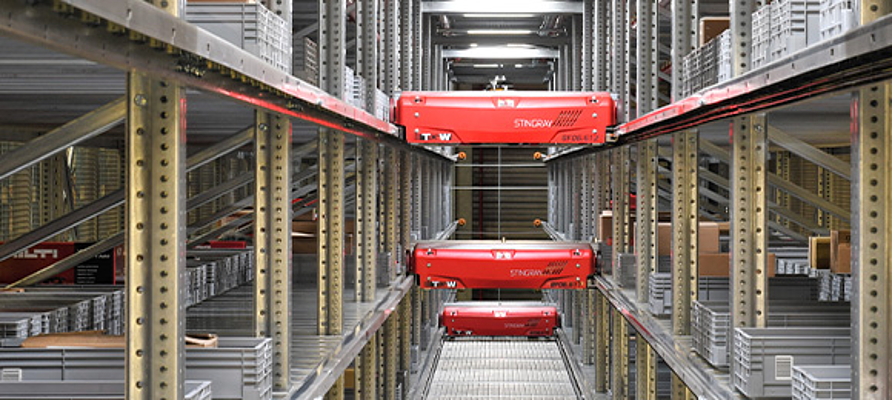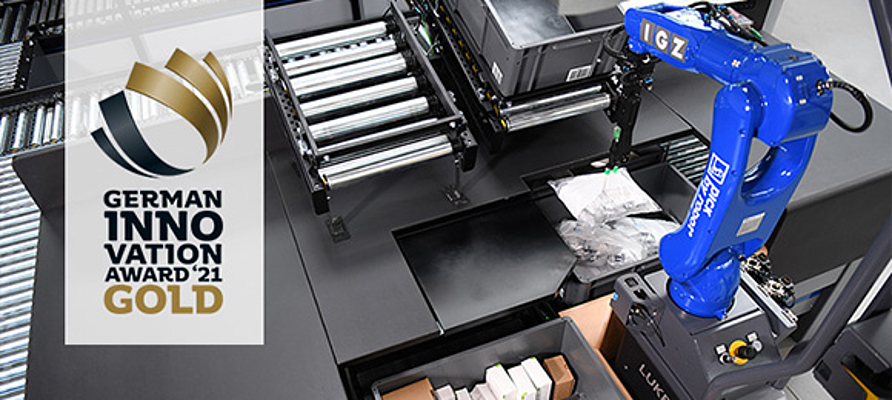Automated high-bay warehouse (HBW) Effective use of space on a small footprint
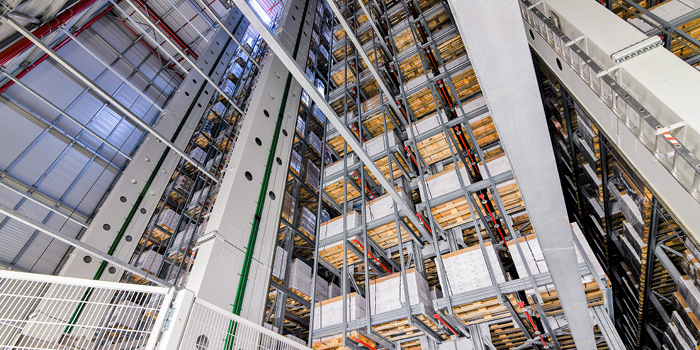
What’s special about a high-bay warehouse?
The first automatically operated high-bay warehouses (HBW) were built as early as the 1960s. The basic technology has been steadily improving since then but has essentially remained the same. Construction heights between 12 and 50 m are characteristic. Generally, rail-mounted, fully automatic storage and retrieval machines (SRM) travel in the racking aisles and are controlled via a warehouse management system (WMS) or warehouse control system (WCS) such as SAP EWM/MFS.
The outer building shell is usually supported by the racking construction (silo construction). The large headroom allows many pallets to be stored on a small footprint in an extremely compact manner. This achieves optimum space efficiency or a high degree of volume utilisation.
What processes are there in a high-bay warehouse?
The core elements of an automatic high-bay warehouse (HBW) are racking aisles, one or more stacker cranes per aisle, running and guide rails as well as infeed and outfeed conveyor technology. At the storage riser, the pallets are taken over by the SC, transported to the specified rack compartment and stored there in single or multiple depths. After retrieval, requested load units can either be conveyed directly to outgoing goods or made available at the connected picking workstations in the pre-zone of the high-bay warehouse.
Automatic storage/retrieval or provision offers the advantage of high throughputs and also prevents errors that would be caused by manual storage/retrieval or posting. Also, in contrast to using forklifts, there is significantly less transport damage.
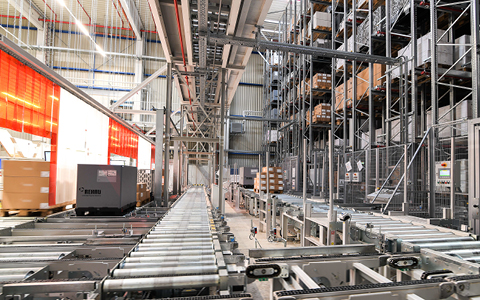
What types of high-bay warehouses are there?
In the classical sense, "manually operated" high-bay warehouses (HBW) are used for storage or intermediate buffering of pallets and/or goods in wire mesh boxes. In addition, forklift-operated narrow-aisle warehouses, which can have heights of up to 18 m as well as shelf racking systems of up to 15 m, are considered high-bay warehouses. Another type of HBW is the channel storage system in which several pallets or load units are stored one behind the other on profiles with the help of channel vehicles.
Since regular automatic small parts warehouses (ASPW) and shuttle ASPWs can now be implemented up to 30 m, they also, strictly speaking, fall under the category of "HBW", even if they are usually referred to as "ASPWs" when spoken of. In general, high-bay warehouses can also be designed as refrigerated, deep-freeze, heavy-duty or hazardous goods storage facilities.
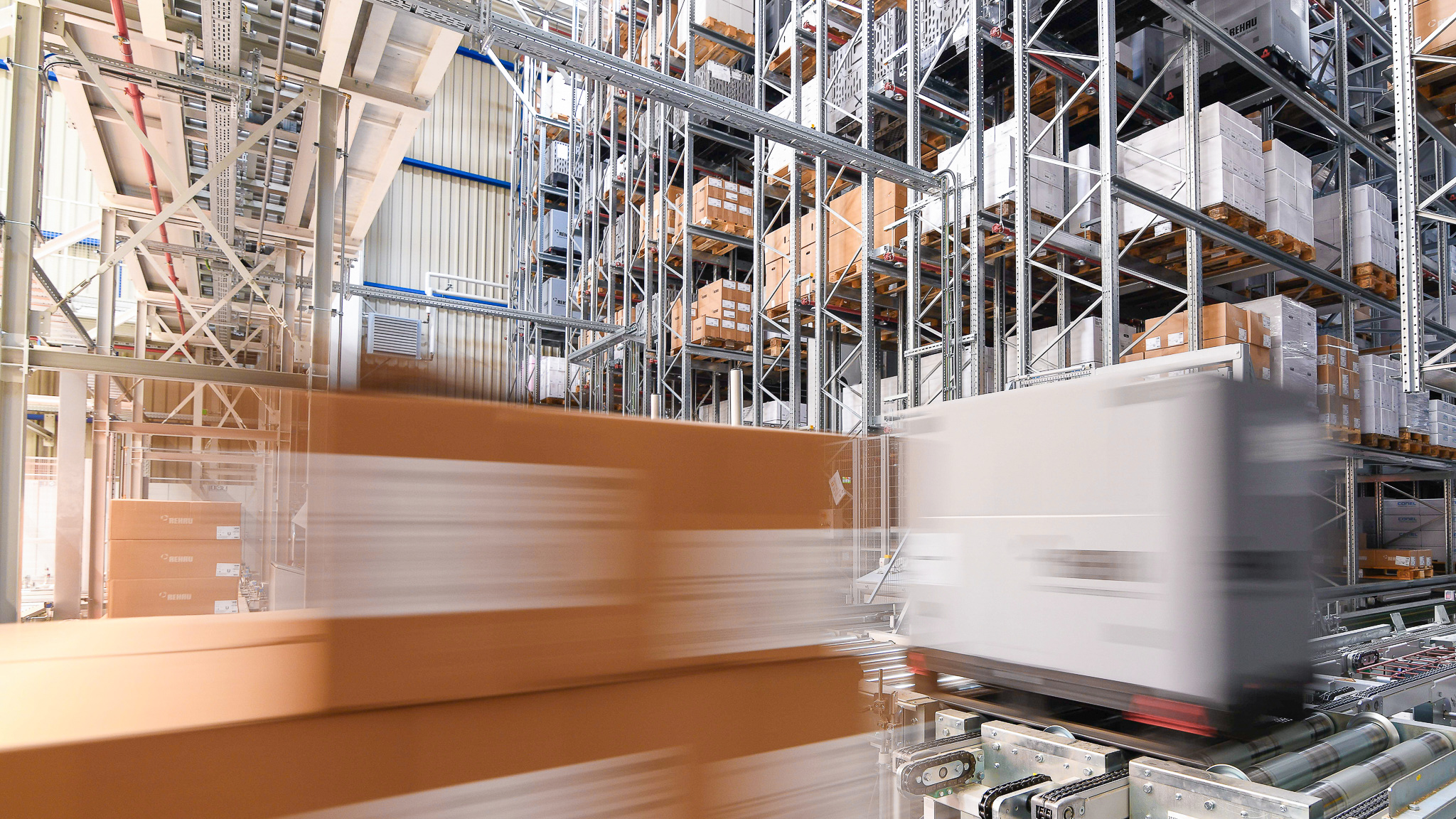
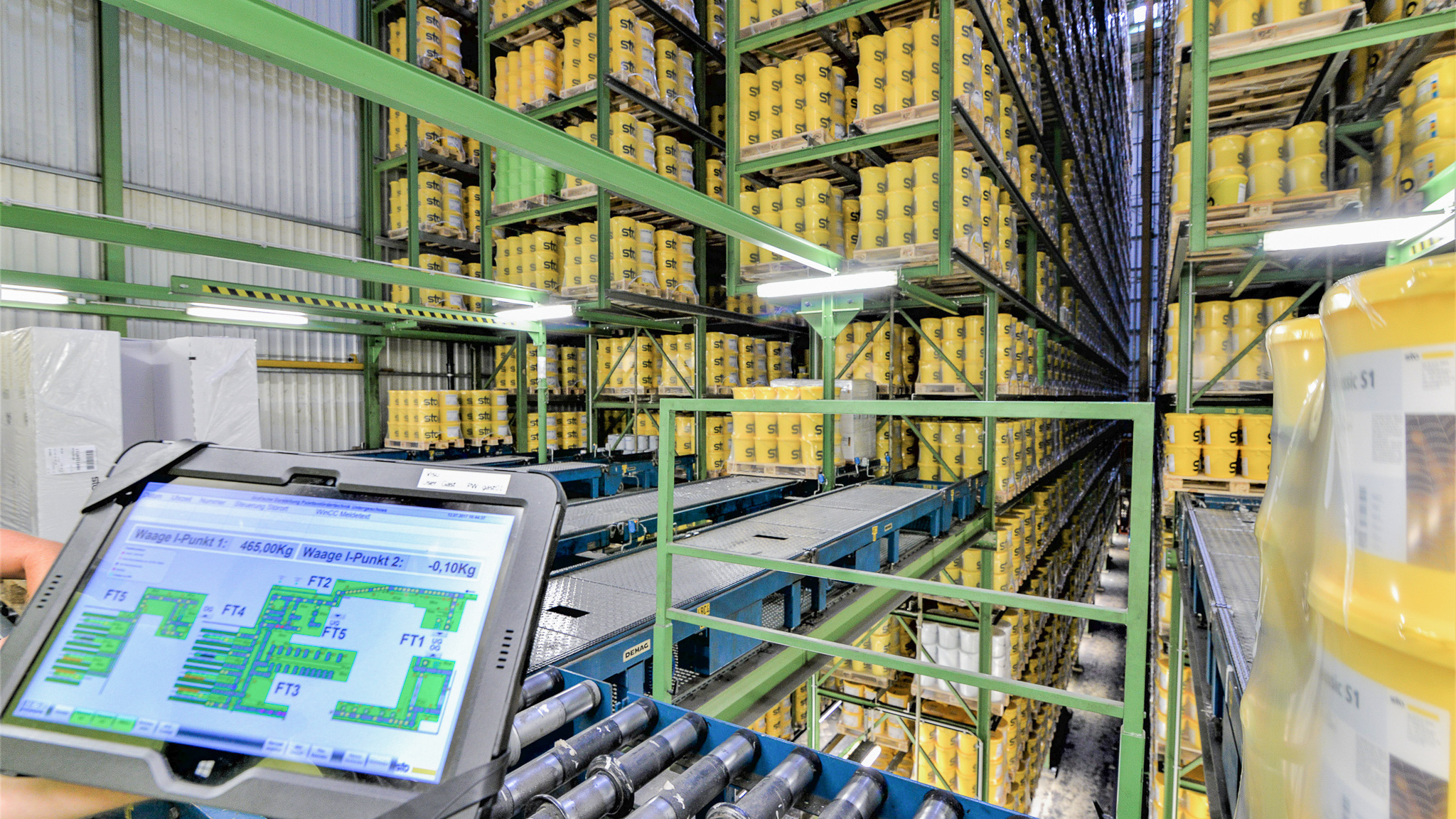

For whom is a high-bay warehouse suitable?
HBWs are suitable for accommodating a wide range of goods and are an ideal solution for achieving maximum storage capacity on a small footprint. The suitability of an HBW must always be clarified in the individual case. The comparatively higher investments are offset by the possibility of accelerating processes, achieving extremely high throughputs, saving on personnel costs and reducing human error to zero.
In the long term, operating an HBW becomes profitable when the plant is constantly well utilised. In addition, if an HBW is constructed in the form of a silo, the costs for constructing a building are eliminated right at the beginning. On the other hand, however, the limited flexibility in the event of sustained company growth has a capping effect; it is all the more important to include the option of a possible expansion early on in the planning process.
WHY IGZ IS THE RIGHT PARTNER FOR YOU
- Many years of experience as an SAP EWM general contractor
- IGZ offers all forms and extension stages of automated high-bay warehouses (HBW)
- Manufacturer-neutral selection consulting and implementation
- Giving you the best value for money
- Individually tailored, efficient and future-proof automation solutions (without any dependence on a particular manufacturer and technology)
- Engineering expertise for all phases of a project – from strategy consulting and SAP software implementation to SAP technology integration
- Everything from a single source – one contact for cross-discipline availability and sustainability
- Proven best practices for accelerated implementation with guaranteed success
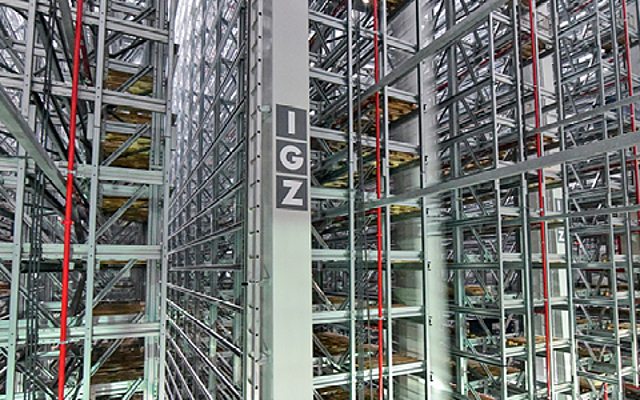
Do you have further questions? Contact us!
Speak with our logistics consultants about your logistical tasks, needs and expectations. Benefit from our extensive expertise in project planning, implementation and the direct SAP connection of warehouse technology and production facilities, regardless of type and supplier.


